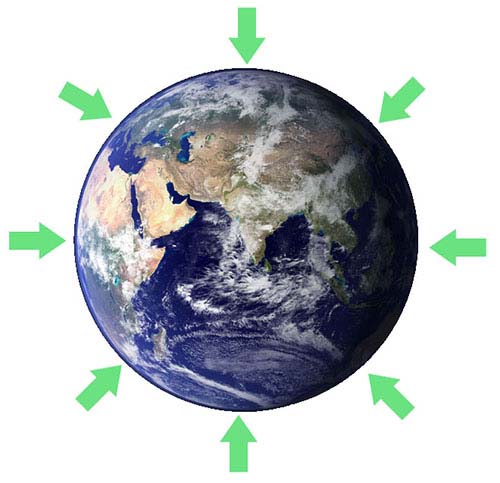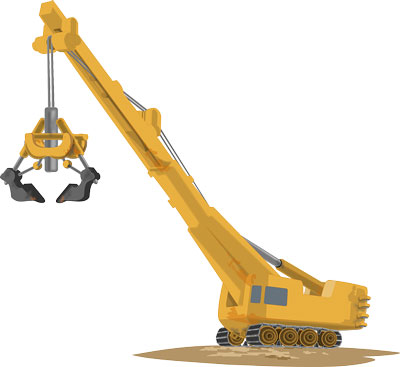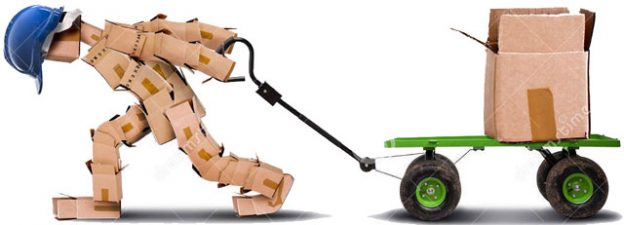Tag: motion
-

-

-

Work
You might think about work as, reading books and doing homework. You may have also heard the sentence “hard work leads to success”. But, in physics work has its own meaning and it is different from the previously described example. What is Work? In physics, work is done when a […]
-

Energy
What is Energy? The ability to do work is known as energy. Anything that is doing something uses energy. Your body needs the energy to walk, think and lift your school bag. We get this energy from our food. All the mechanical objects such as cars, bikes, buses, and airplanes […]
-

Laws of Motion
In everyday life, we walk, drive cars, and lift objects. All these tasks need a force to be performed. So, it is necessary to understand this force scientifically. This force was described scientifically by Isaac Newton. He described the force and its relationships in his laws that are known today […]




